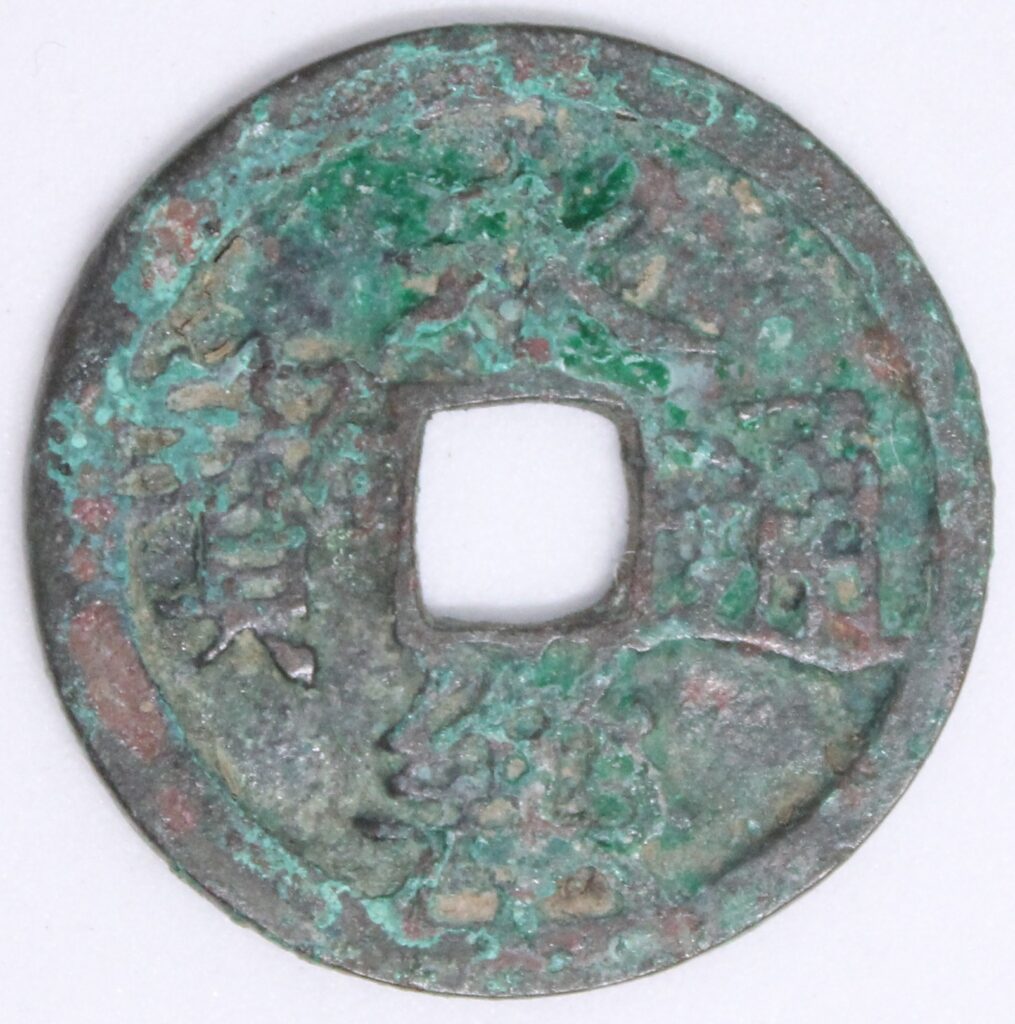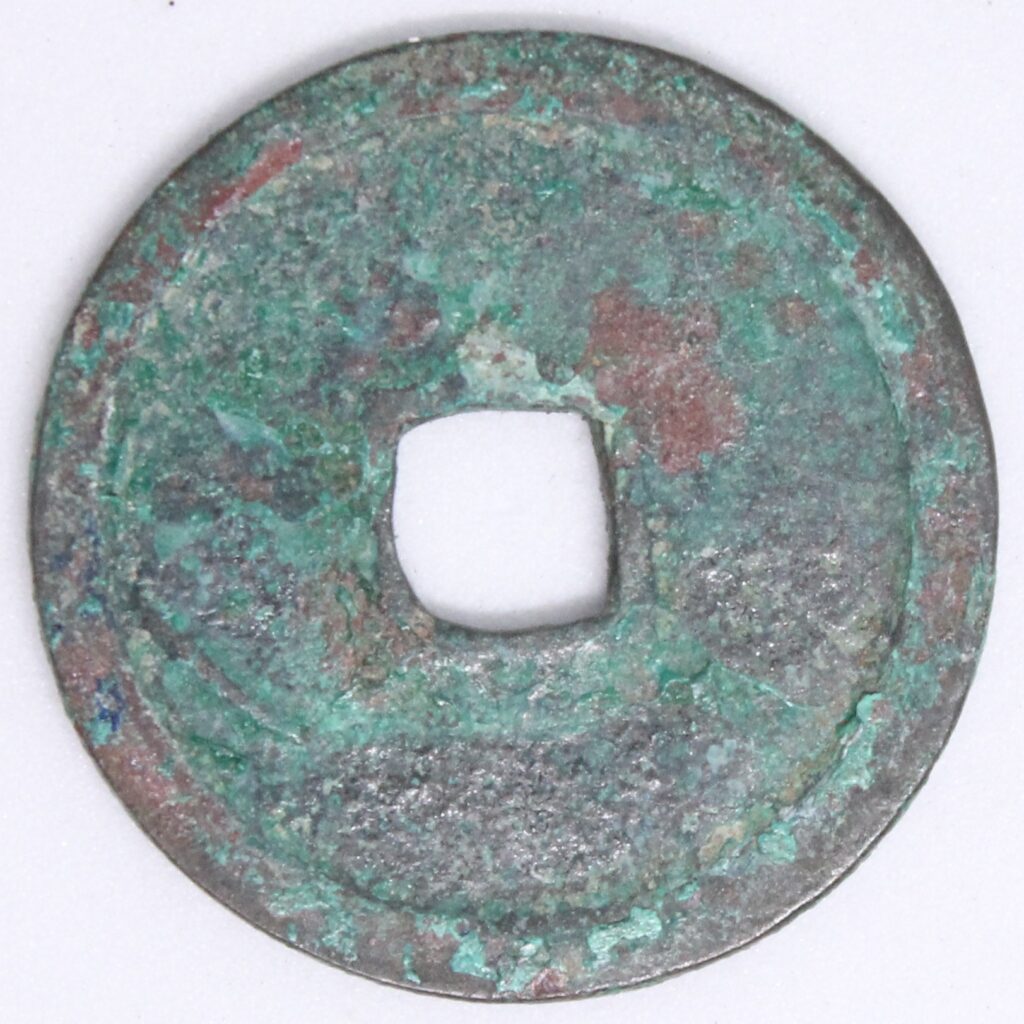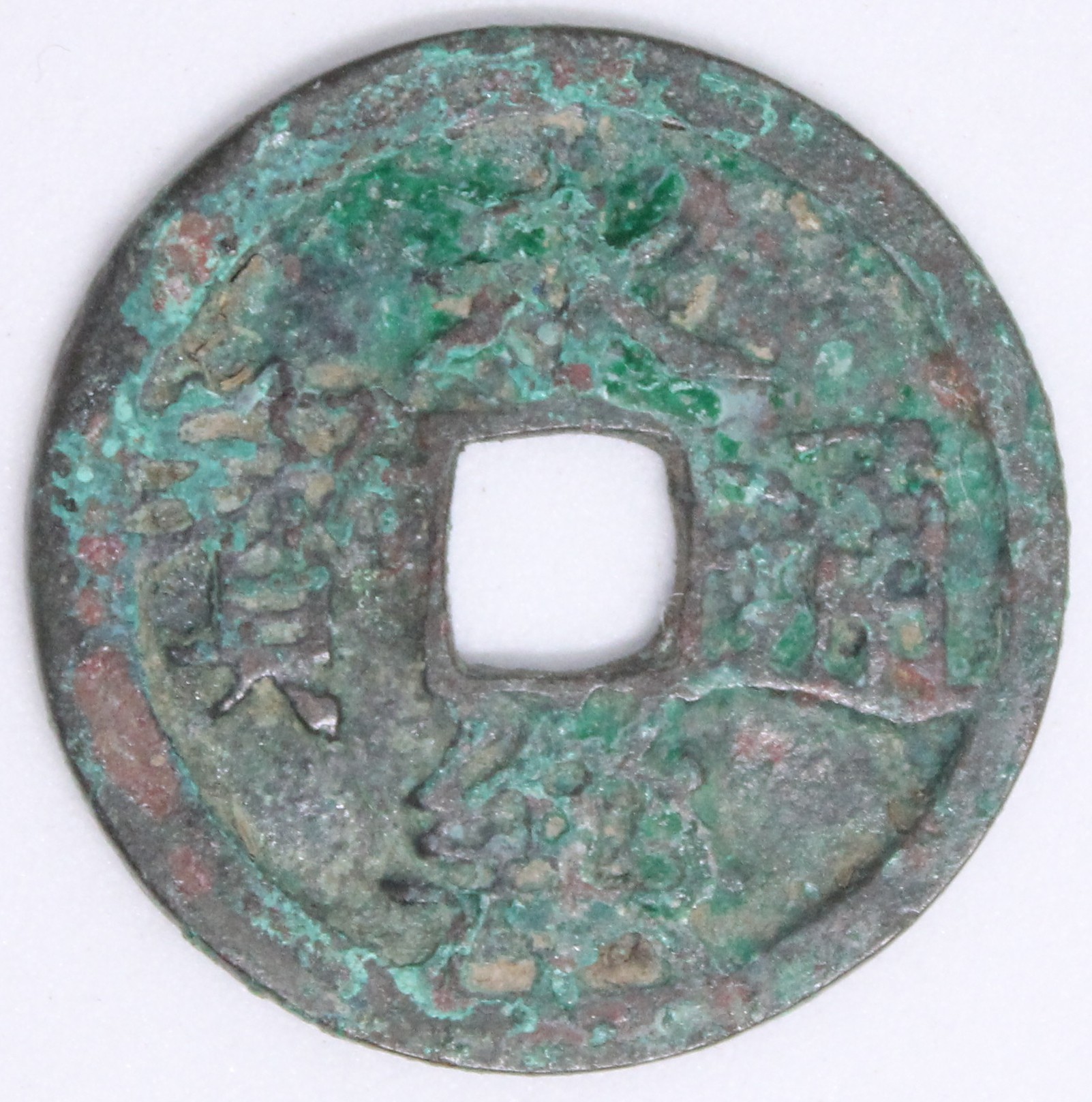In ancient Japan, coins such as the Wado Kaichin (和同開珎) were issued by the imperial court. However, these coins gradually fell out of use due to the circulation of counterfeit coins, the deterioration of coin quality due to re-melting, and a decline in trust. The issuance of coins by the Japanese imperial court ceased with the issuance of the Kengen taihou(乾元大宝) coin in 958. It seems that a period of barter trade without currency continued for some time.
However, as the people began to understand the convenience of currency, coins imported from China were subsequently used in daily life. These coins imported from China are referred to as “imported coins.”
A famous example of imported coins is the Yongle Tongbao(永楽通宝), a coin minted in China.


The Yongle Tongbao is a round copper coin with a hole in the center, minted during the Yongle Emperor’s reign in China’s Ming Dynasty.
It was imported in large quantities to Japan through the Japan-Ming trade and by the Wokou pirates, and circulated widely as general currency from the Muromachi period to the early Edo period.
Due to its high quality, it was regarded as the representative coin of the Ming Dynasty and was widely used in Japan, even being counterfeited for a long time.


